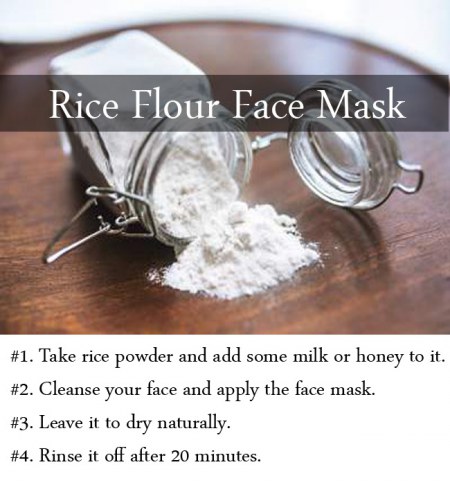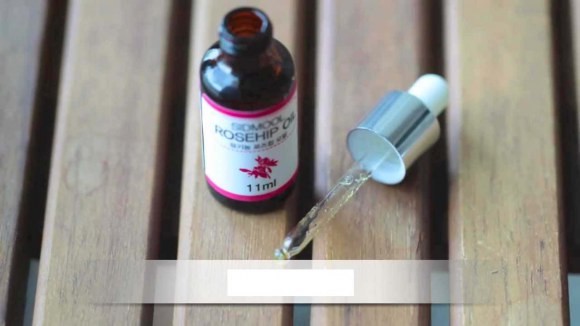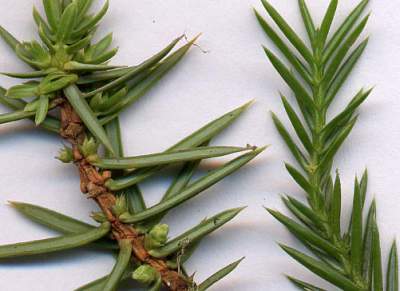Vitiligo affects all age group people and all sexes. Anecdotal reports state that home remedies shown positive results. Red clay for vitiligo is one such natural remedy.
Your face projects your inner expressions, so does your skin. You might know that melanin is a pigment that produces melanocytes, which is responsible for your skin color. Due to unknown reasons, melanin stops production resulting in white patches known as vitiligo.
In few cases due to nutritional diet and with course of time, these white patches disappear. But, most people have to carry this throughout their life. No need to worry, this skin disorder will not lead to any serious health ailment. But people with vitiligo may isolate themselves from social life and stay depressed.
Good news for them; there are bunch of home available remedies that can lighten and completely fade white patches. Spinach, honey and aloe vera gel are among them. In this post I’ll be discussing about red clay and how you can use it to treat vitiligo.
Before that, let me put down few more points on this skin disorder.
What Causes Vitiligo?

Scientists aren’t aware of the real cause of vitiligo, they think due to autoimmune disease your immune system destroys melanocytes resulting in this skin issue.
Other says that melanocytes kill themselves and the absence of the pigment results in white patches on different parts of the body.
Main sign of vitiligo is that you’ll see patches on sun exposed area including hands, feet, arms, face, lips and eyes. You may also see white patches in mouth, genitals, navel, in groin and nostrils.
Red Clay for Vitiligo
Before trying home remedies, you must consult doctor for diagnosis. Like any other clay, red clay is packed with bunch of beneficial elements for skin. This clay can be found at river banks of Asia, Africa and South America.
- Assorted elements namely, copper is renowned to reduce vitiligo condition. Researchers say that it’s a power house of iron oxides and essential nutrients. These properties can brighten skin and stimulate cell regeneration.
- People before 1400 years ago when there were no soap, shampoo or conditioner, they used red clay. Exfoliating property in the clay effectively sheds dead cells and impurities.
- Regular use of red clay will keep blackheads and other skin issues at bay. It readily absorbs excess oil from the skin and enhances elasticity.
- It can make your skin firm, remove toxins and make it supple.
How to use Red Clay?
You can use red clay in various forms; here I’ll discuss few prominent ways to use red clay for vitiligo.
First method:
Dissolve 4 cups of red clay in a jar with enough water and shake the jar. Pour this jar of water in bath tub and optionally add your favorite essential oil. Submerge your body in the water for 15-20 minutes.
Second method:
- Blend 1 tablespoon of ginger juice with 1 tablespoon of red clay.
- Cleanse your skin and pat dry.
- Red affected part with the mixture and leave it to dry.
- Try this twice of thrice per week.
Third method:
- Take 2 tablespoons of red clay, 2 tablespoons of rosewater or distilled water and 1/2 teaspoon of jojoba oil.
- Optionally, you can also add few drops chamomile oil and rose essential oil.
- After mixing ingredients, apply it over prewashed face.
- Let it dry for about 15 minutes and then rinse it off.
Did you ever try red clay to treat vitiligo? Share your views in comments.







